#Carnegie Museums
Photo

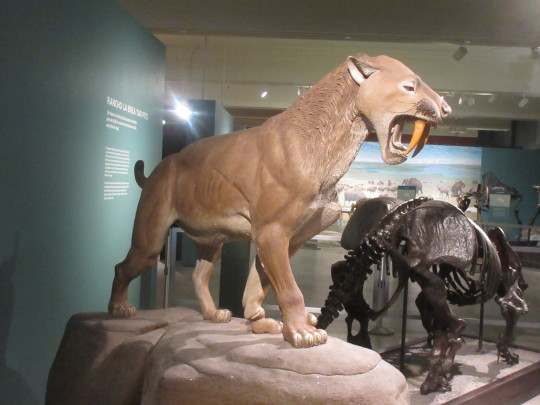
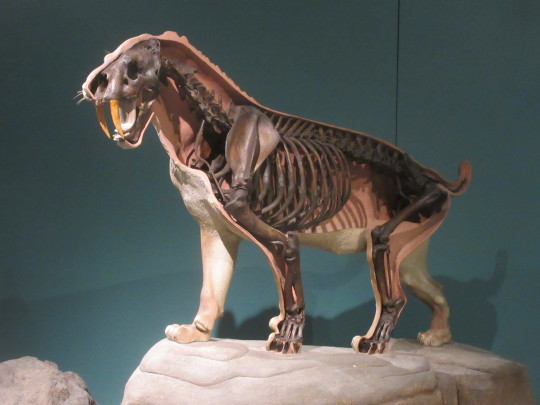
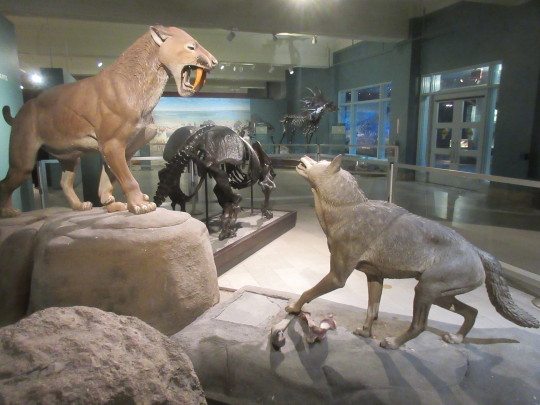
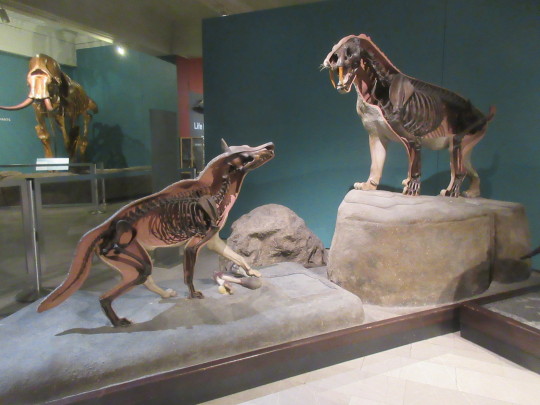


Cutaway Smilodon and Dire Wolf.
Carnegie Museum of Natural History
#smilodon#plestocene#dire wolf#Carnegie Museum of Natural History#pittsburgh#pennsylvania#enclosure#autopsy
493 notes
·
View notes
Photo
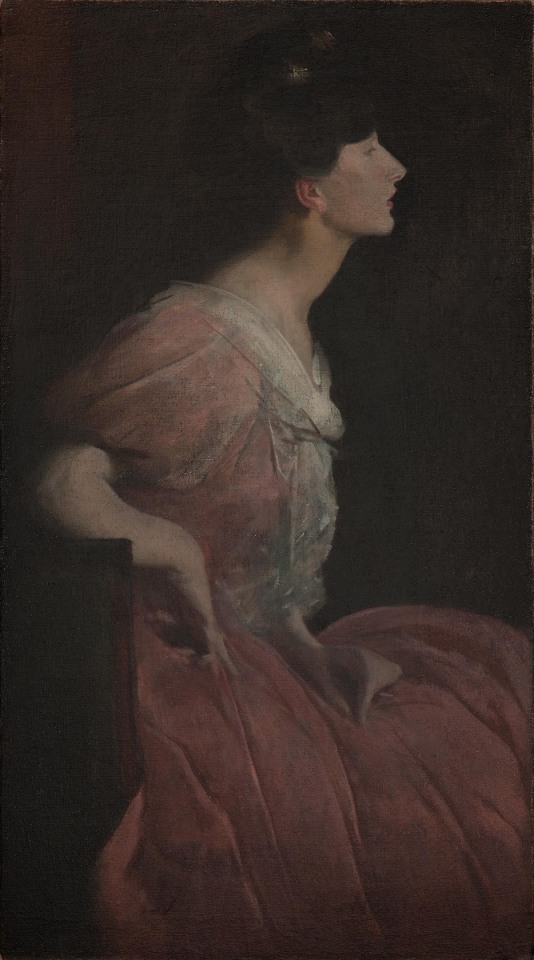
A Woman in Rose, John White Alexander, 1900
Oil on canvas
40 x 22 ½ in. (101.60 x 57.15 cm)
Carnegie Museum of Art, Pittsburgh, PA, USA
#art#painting#john white alexander#20th century#1900s#gilded age#gilded age art#portrait#oil#american#carnegie museum of art#100 notes
225 notes
·
View notes
Text


On a very cold, snowy Friday evening we took a trip into town for dinner at a favorite Mexican restaurant and then a brisk walk to an event at the Carnegie Library Museum. Small town / rural life with friends and fun.
38 notes
·
View notes
Text
For #WorldOrcaDay here are 2 examples of #orca (aka killer whale) headdresses from the Northwest Coast that the dancer could animate with moving parts:

1. Haida - “dancer could roll its eyes or move lower jaw”
Carnegie Museum of Natural History
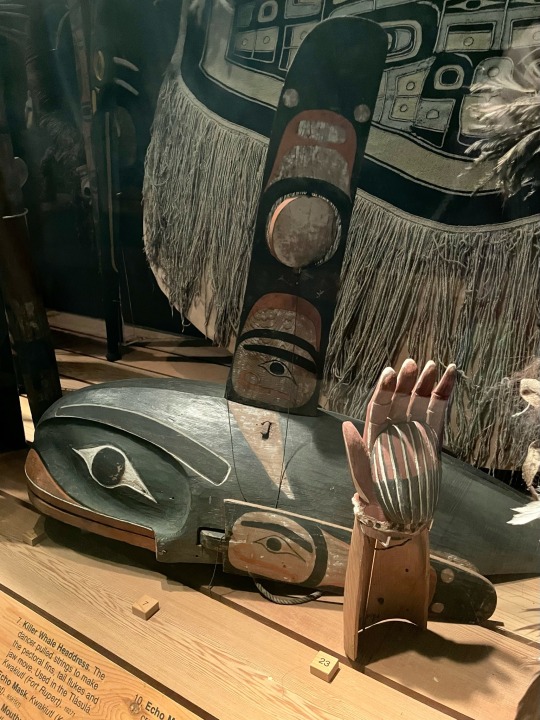
2. Kwakiutl - “dancer pulled strings to make the pectoral fins, tail flukes & jaw move”
Field Museum
#animals in art#World Orca Day#orca#killer whale#headdress#woodwork#indigenous art#first nations art#native american art#museum visit#Field Museum#Carnegie Museum of Natural History#animal holiday#Kwakiutl#Haida
79 notes
·
View notes
Text
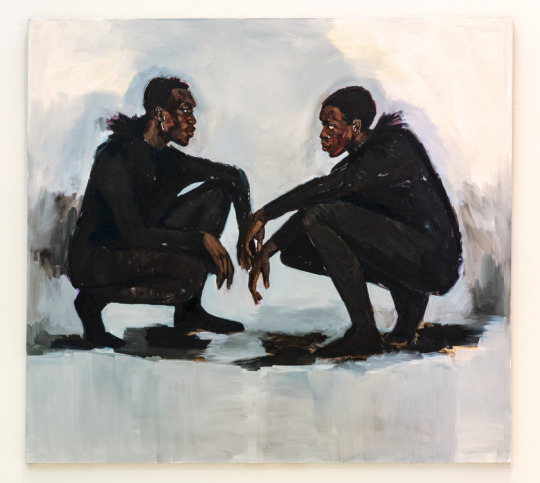
Lynette Yiadom-Boakye, No Need of Speech, 2018
Oil on canvas, 90 9/16 × 97 7/16 in (230 × 247.49 cm)
19 notes
·
View notes
Text

#carnegie museum of natural history#carnivora#canidae#mesocyon#from annals of the carnegie 1903-1904#bones#skull#illustration#paleontology#collection
11 notes
·
View notes
Text




bear mtn park, zoo & museum, ny - canon demi c & 400 iso color film - developed at eliz digital & scanned with minolta dimage dual iii
#35mm#bear mountain#park#zoo#museum#swan#birds#nature#animals#history#revolutionary war#museums#new york#hudson valley#hudson river#bridges#infrastructure#architecture#engineering#carnegie mellon university
16 notes
·
View notes
Text
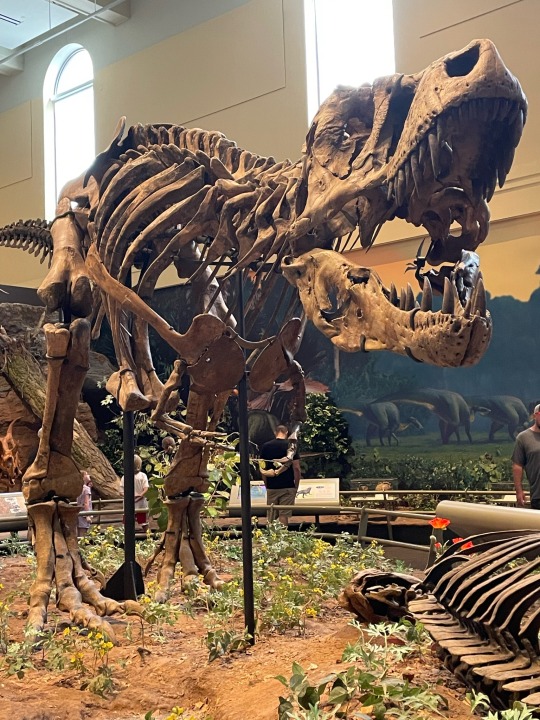
24th August 2022
Tyrannosaurus Rex display at the Carnegie Museum of Natural History.
#photography#my photography#white elorda photography#aesthetic photography#aesthetic#carnegie museum of natural history#natural history#tyrannosaurus rex#tyrannosaurid#dinosaurs
278 notes
·
View notes
Text

Carnegie Museum of Art, Pennsylvania, Pittsburgh
10 notes
·
View notes
Note
my favorite t rex specimen is cm 9380 bc i lucked into getting to study the carnegie museum’s invertebrate paleontology collection (i was in trilobite paradise 😍) at the same time as the dino exhibit was being redone so i got to see some cool behind the scenes stuff with that one
That's so cool!!!!!
Also trilobites are the best
32 notes
·
View notes
Photo


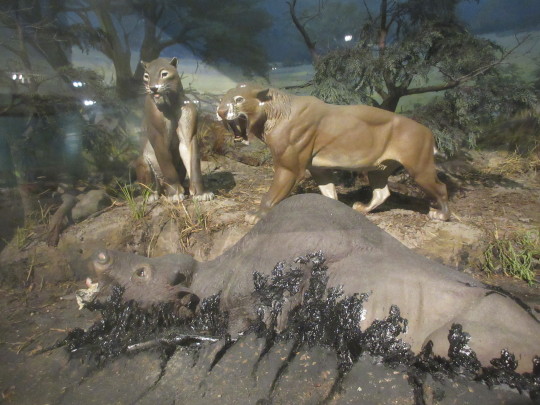


La Brea Tar Pits, Carnegie Museum of Natural History
#carnegie museum of natural history#terrarium#ice age#smilodon#giant sloth#california condor#dire wolves#pittsburgh#pennslyvania
82 notes
·
View notes
Text

The Sower, Jean François Millet, 1851
Lithograph on paper
7 ½ x 6 ¼ in. (19.05 x 15.88 cm)
Carnegie Museum of Art, Pittsburgh, PA, USA
#art#jean francois millet#realism#19th century#19th century art#1850s#lithograph#print#works on paper#carnegie museum of art#french#barbizon school#pastoral#farming
30 notes
·
View notes
Photo

Peter von Arx – Max Mathys (photograph), Sidney und Harriet Janis Collection. Werke amerikanischer und europäischer Künstler des 20. Jahrh / Theo Eble. Werke 1960 bis 1970, Kunsthalle Basel, February 28 – March 30, 1970 [Museum für Gestaltung Zürich. Carnegie Mellon University Libraries, Pittsburgh, PA]
#graphic design#typography#art#exhibition#poster#peter von arx#max mathys#sidney and harriet janis collection#theo eble#museum für gestaltung zürich#carnegie mellon university libraries#1970s
34 notes
·
View notes
Text
For #CrowAndRavenAppreciationDay:

Raven Hat, Tlingit (Pacific NW Coast), early-mid 1800s. Carnegie Museum of Natural History display.
“RAVEN HAT
Tlingit, early to mid 1800s
This raven crest hat probably belonged to a clan that owned the right to display Raven in this guise accompanied by story and song. The basketry rings may refer to the number of times that the hat was publicly displayed and validated as a crest object. Since the rings are woven as a single piece, at some point the number was set and no more were added.
Unidentified wood, Sitka spruce (Picea sitchensis), mineral paints, abalone shell (Haliotis sp.), commercial cotton, unidentified adhesive, laundry blueing, tanned hide, iron
3178-60 & 3178-1236”
“Raven and Eagle
Tlingit society is divided into two halves, or moieties, named the Ravens and the Eagles. (Note: it’s more broadly Raven/Crow and Eagle/Wolf as there are regional variants)
Every Tlingit person belongs to one side or the other. Within each moiety, there are many clans.
When introducing themselves, Tlingit individuals identify their moiety and clan. We're very clanish people. We are proud of who we are, like I'm a Raven, says Isabella Brady (1992).
Other Northwest Coast cultures have similar and equally complex social structures, some with two divisions and some with more. Each clan has rights to its own designs, songs, stories, and more.”
“Raven also moves between the creature and human worlds, bestowing gifts yet playing tricks on humans in an extensive series of stories. He has a dual personality. As a culture hero and transformer, Raven is credited with shaping much of our world. As a trickster, he is driven to outlandish adventures by his selfishness, greed, and hunger.”
#Tlingit#Pacific Northwest Coast peoples#Native American art#First Nations art#Indigenous art#animal holiday#International Crow and Raven Appreciation Day#raven#crow#eagle#wolf#moieties#Tlingit culture#wood carving#hat#Carnegie Museum of Natural History#19th century art#museum visit#interpretive signage#animals in art
54 notes
·
View notes
Text
ANDREW CARNEGIE
As Americans, this is a name we have all come to recognize. Carnegie was an incredibly successful industrialist and philanthropist in the late 19th century and early 20th century.

He was born in Dunfermline, Scotland but his family moved to Pittsburgh, Pennsylvania when he was a child. He built Pittsburgh's Carnegie Steel Company which he sold to J.P. Morgan for a whopping $300 mill ($10 bill today).
His biggest contributions came after he sold his steel company. He believed that the rich had a duty to improve society so he focused his efforts on building local libraries, world peace, education, and scientific research. He are some of the buildings he funded or had built:
Carnegie Hall
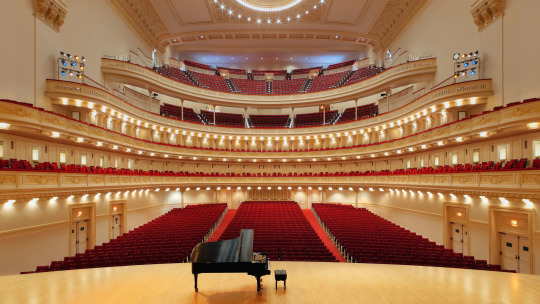
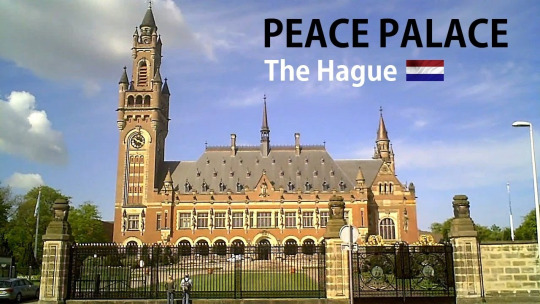

Carnegie Institute of Science

Carnegie Mellon University
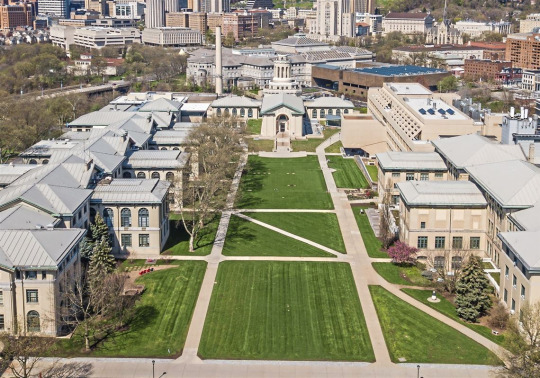
Carnegie Museums
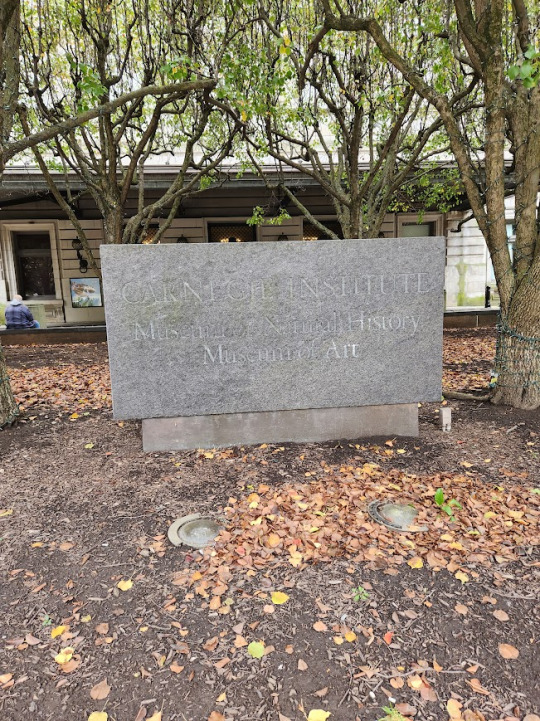
Carnegie was fascinated with dinosaurs. He actually funded the digs at Dinosaur National Monument (yes, that place exists thanks to him).
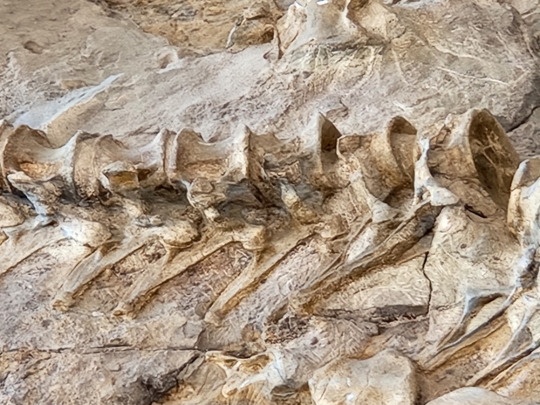
He was especially proud of Dippy, the first Diplodocus ever discovered.
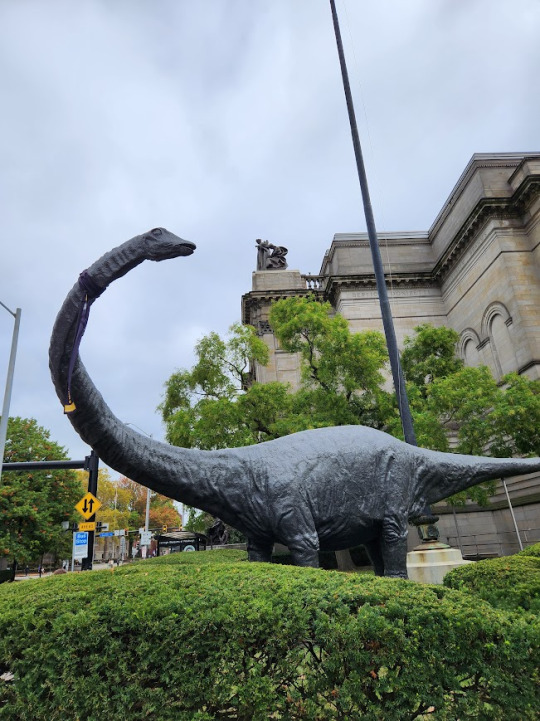
The species name was actually named for him (Diplodocus carnegii) and the full skeleton stands in Dinosaur Hall today at the Carnegie Museum of Natural History. Carngie had several copies of the skeleton made and shipped to other museums in South America and Europe.

Carnegie donated over $250,000 to paleontology for "collecting, preparing and studying dinosaur and other vertebrate fossils." If only we had as generous a wealthy benefactor for our site. That is the dream.
While Diplodocus was the most famous dinosaur connected to Carnegie, there was one other fairly famous dinosaur connected to him. You've probably heard of this guy:

The American Museum of Natural History in New York sold the skeleton to Carnegie during WWII when they thought in would be bombed by the Germans. The skeleton has stood in Carnegie's museum ever since.
#paleontology#dinosaur#fossils#fun facts#dinosaur national monument#andrew carnegie#history#pittsburgh pa#carnegie museum of natural history
8 notes
·
View notes
Text
9 notes
·
View notes